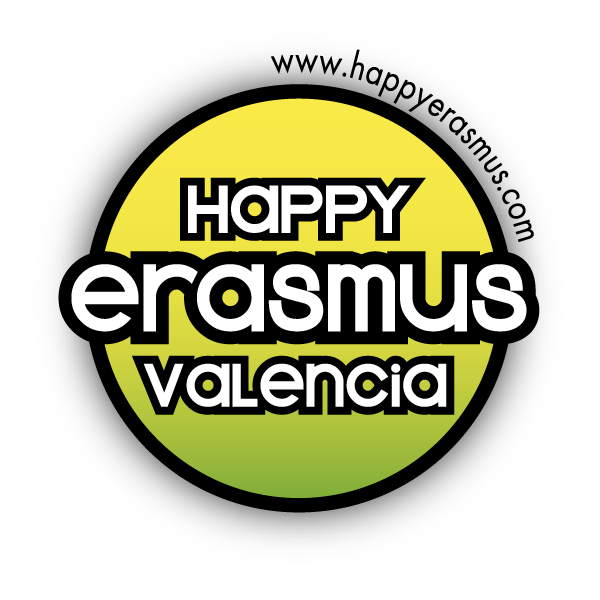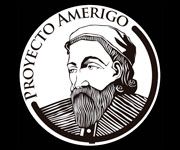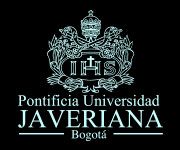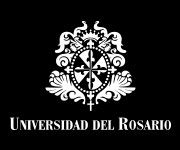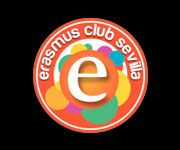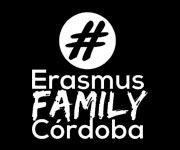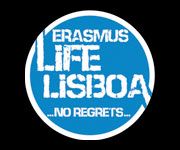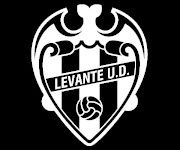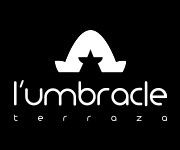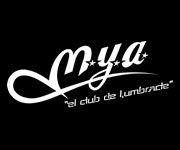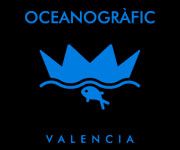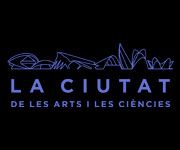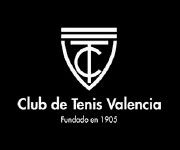Come to know the capital of Aragon! Today Zaragoza is the fifth city in Spain. Be impressed with the Basilica del Pilar, Mudejar art, its bridges and the Ebro river.
WE'RE GOING TO ZARAGOZA!
The history of Zaragoza dates back over 2,000 years and still has many traces of the past. Inhabited since the bronze age, it has Iberian origins dating from the third century and throughout the centuries it has been home to Romans, Muslims, and almost all civilisations that have occupied the Iberian Peninsula.
Plan of the day:
-Departure from Valencia
-Guided tour in Zaragoza
-Free time to enjoy the city
-Departure to Valencia
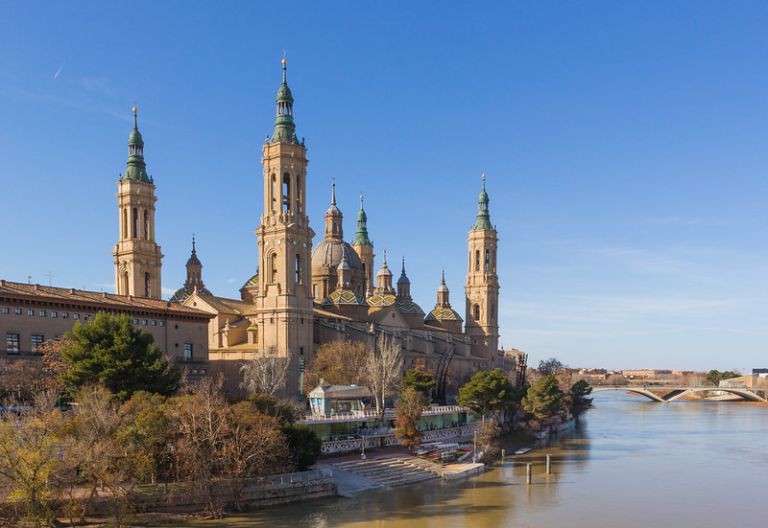
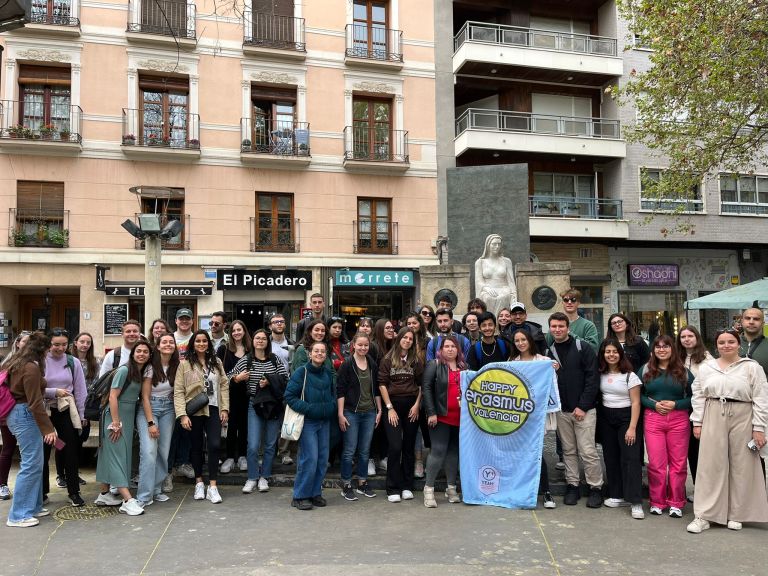
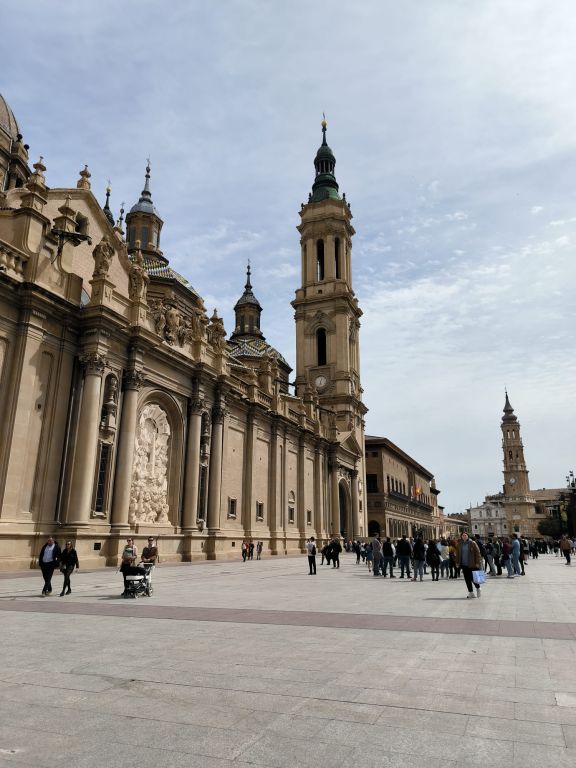
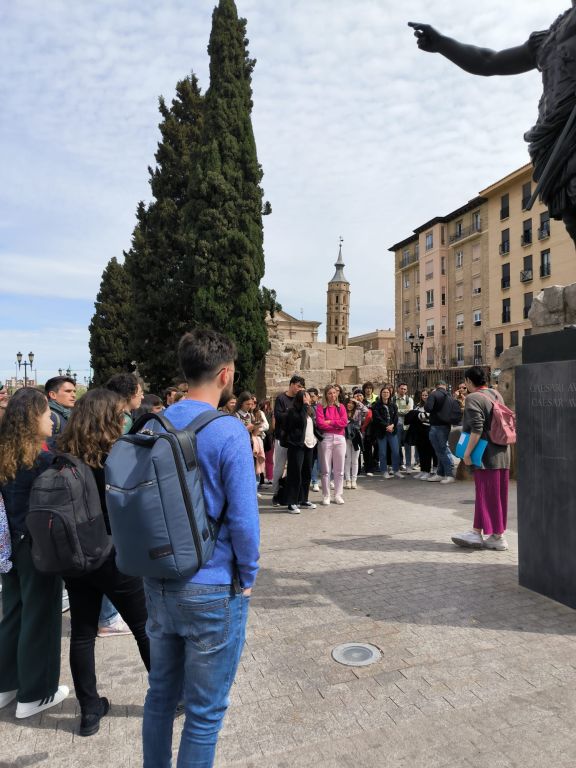
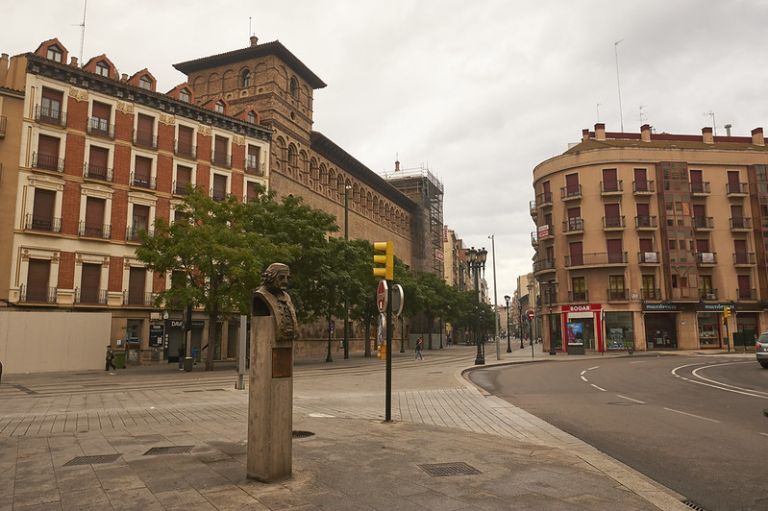
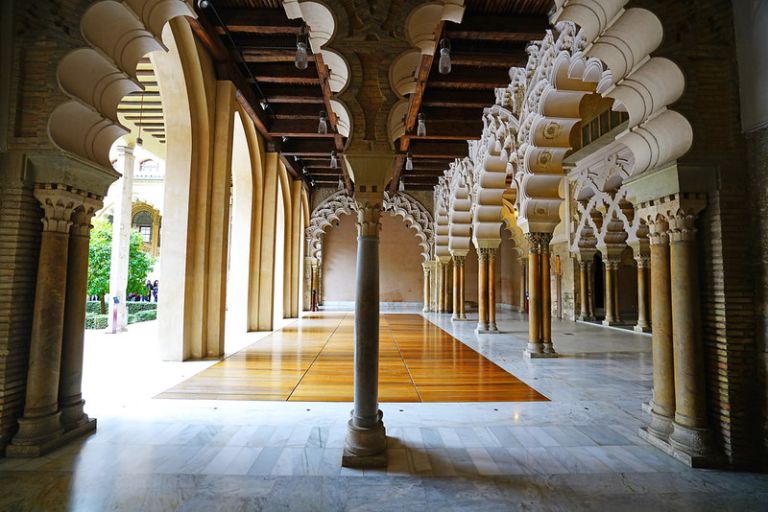
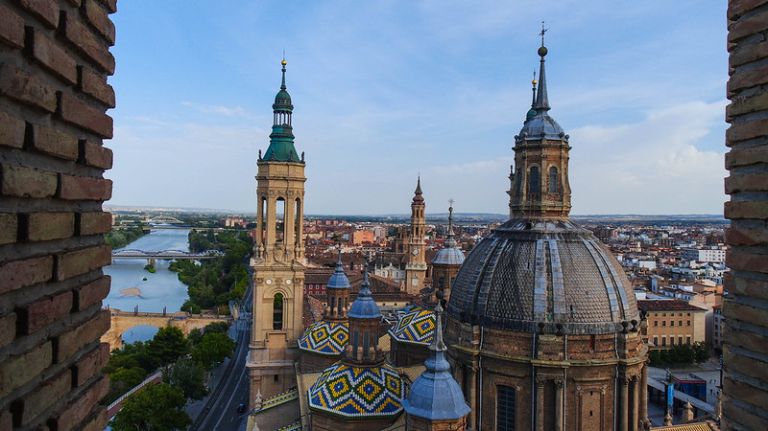
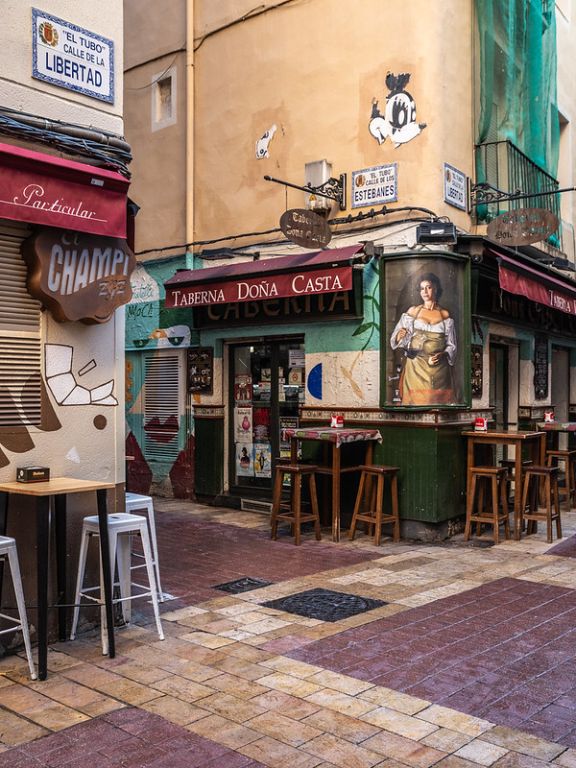
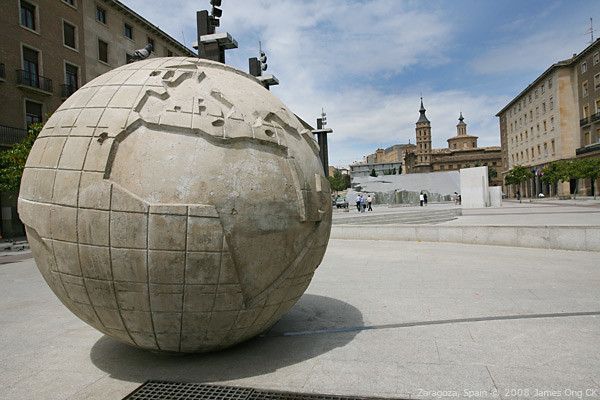









Zaragoza is situated along the river Ebro, the largest river in Spain whos beauty reflects the beauty of the two cathedrals (the Catedral-Basílica de Nuestra Señora del Pilar de Zaragoza, and the Seo o Catedral del Salvador de Zaragoza) and the city. It's group of Moorish monuments consists of the Patrimonio de la Humanidad, the impressive basilica of Pilar home to one of our most famous and well known painters: Goya and the Plaza de la Hispanidad is a place immortalized through pictures. It will be a very special day!
You will be impressed by the Basílica del Pilar nestled in the gigantic and wonderul square with the same name. It's enormous and elegant but at the same time light and delicate. Its eleven domes and four bell towers make it seem even larger. It's Baroque style and the Marian shrine (dedicated to the virgin Mary) is the oldest in Spain and possibly in the world. Inside you can see paintings from none other than Goya, as many from his early days as his more mature work. The basilica is dedicated to the Virgin of Pilar, who is the patron of Spain. In fact, the 12th October is the día de la Hispanidad (Columbus day in America) and we dedicate this same day to the Virgin of Pilar. Make a note of this day in your diary because there are celebrations throughout Spain and no classes! The tradition is that the Virgin (when she was still alive) was presented to the apostle James who was preaching in these lands. The Virgin, next to a column (a pillar) asked him to build a church in the same place. The first dates of this church are from the fourth century. Today it is home to this pillar and near it you will find a statue of the Virgin and which is shockingly only 38cm! It's cloak covers almost the whole pillar. It's tradition in Spain for parents to bring their children to Zaragoza, to the basilica, to walk below the cape of the Virgin to protect them. This basilica is a symbol of Spain. Almost all Spanish people have been the children that visit Zaragoza and walk under the cloak of the Virgin. And it's free entry! Although you will see many tourists taking photos with their phones, you're technically not allowed to photograph the inside of the basilica, which supposedly protects the Goya paintings from the damage of camera flashes. In times of mass, the basilica asks for respect for worship and silence.
During the walking tour we will see many Mudejar monuments which are sure to impress because some are World Heritage sites. Mudejar art is a medieval architectural style that comes from the coexistence of Muslims and Christians in the Iberian Peninsula, so it's likely that this is the first time you will have seen it. You will be amazed for example by the Palace of Aljafería, built in the eleventh century by the Muslims, and passed over to the Christians in the twelfth century when it was completed with this Mudejar style and housed the majestic throne room of the kings of the Crown of Aragon. Nowadays this palace is the headquarters of the Aragón government. Some other mudéjar buildings are the Catedral del Salvador, (la Seo) which harmoniously combines the gothic and Mudejar style, and the Casa y el Arco del Deán, the Zuda tower and much more...
You will also have some free time to wander around (it's worth having a look around the old town) and to do some shopping before getting back on the bus to Valencia. What are the typical souvenirs that people buy when they visit Zaragoza? For Catholics, necklaces and pendants with the Virgin of Pilar. And for those with a sweet tooth, los adoquines which are giant caramels, some of which weigh 500g and they are wrapped in packets with the Virgin of Pilar on and on the inside you can read the verse of a typical Aragon song, for example:
